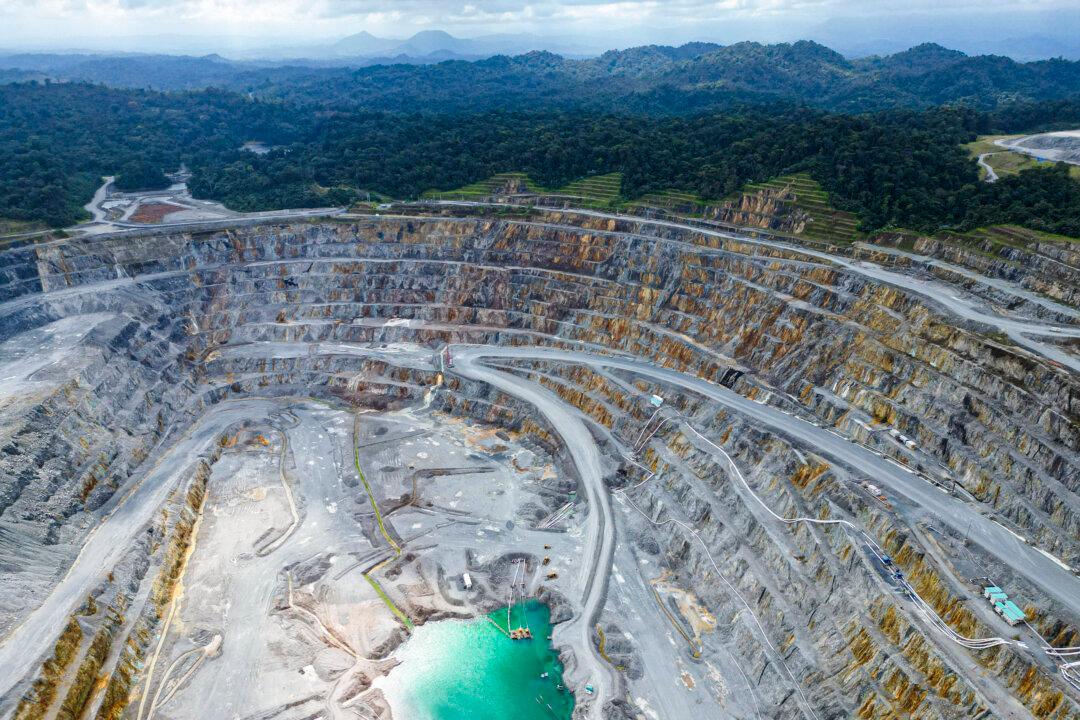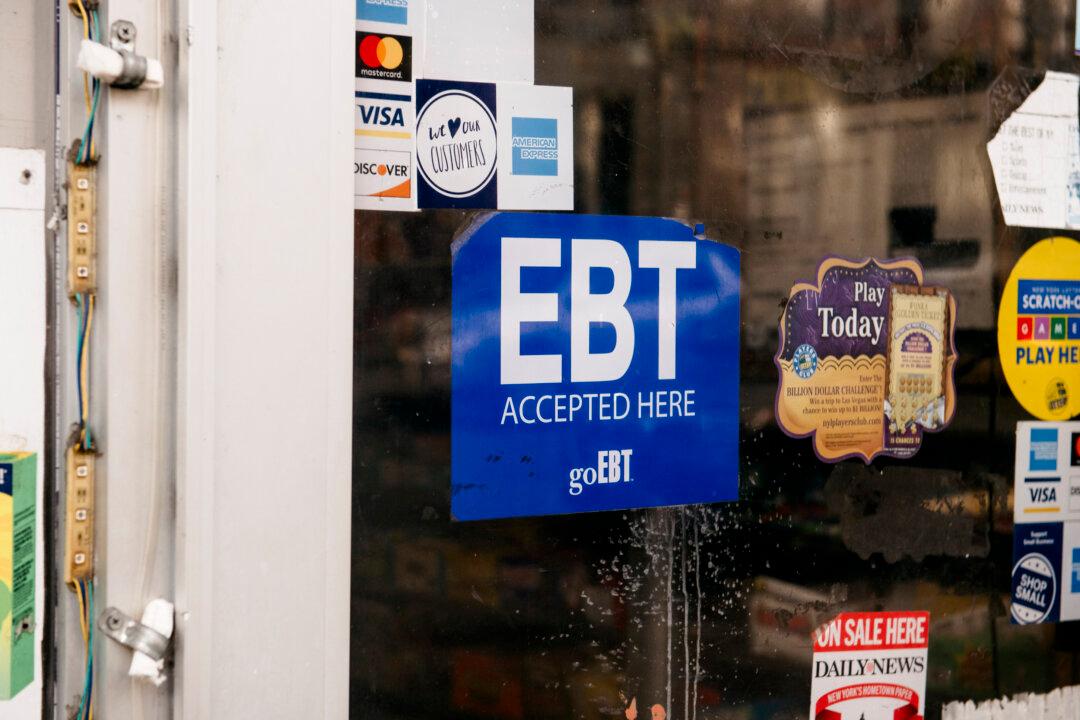Maryland officials unveiled the design for a new Francis Scott Key Bridge on Tuesday, marking a major milestone in efforts to rebuild after last year’s disaster that destroyed the original bridge, claimed the lives of six construction workers, and temporarily crippled global commerce in the Port of Baltimore.
The new bridge, which will feature Maryland’s first cable-stayed design, is expected to open by fall 2028.
Gov. Wes Moore, a Democrat, led the announcement alongside state and federal officials, reflecting on the tragedy of March 26, 2024, when a container ship lost power and struck one of the supporting columns of the bridge, causing it to collapse. All six victims were Latin American immigrants who were conducting road repairs.
“This is a great day for the state of Maryland, and I know it’s not lost on anybody here that today’s triumph was born out of tragedy,” Moore said. “Just shy of one year ago, I received a call in the middle of the night, and I learned that the Dali had slammed into the Key Bridge and brought it down.”
That morning, the governor promised to reopen the Port of Baltimore and rebuild the bridge.
He praised state and federal agencies for their rapid response, noting that the port was reopened in just 11 weeks—far ahead of the initial 11-month projection.
The new bridge design honors the architectural tradition of its predecessor while incorporating state-of-the-art safety features.
Officials said it will be built to the highest industry standards, using top-tier materials and engineering advancements to ensure durability and resilience. They said it will feature wider lanes, increased height to accommodate larger vessels, and the latest international safety standards.
Maryland Transportation Secretary Paul Wiedefeld said the new bridge would be built to last for “100 years.”
The federal government will fully fund the bridge. Moore credited bipartisan cooperation in Congress, with contributions from lawmakers across party lines, for securing the necessary financial support.
The governor also announced that Maryland Attorney General Anthony Brown has filed a lawsuit against the ship’s owners and managers to prevent taxpayers from bearing the costs of the bridge reconstruction.
Lt. Gov. Aruna Miller emphasized the bridge’s symbolic and practical importance, calling it a “beacon of perseverance” for the state.
“A road is never just a road. A bridge is never just a bridge,” she said. “Transportation is a force of freedom connecting people to opportunities, communities to one another, and businesses to the economy.”

Preliminary construction efforts, including soil sampling and land-based preparations, are already underway.
The next major step will be the demolition of the remaining steel bridge supports this spring, with construction to begin immediately afterward.
According to a recent study by the University of Maryland and Morgan State University, the bridge collapse caused an estimated $450 million in additional annual costs for the trucking industry alone.
Armand Patella of the Maryland Motor Truck Association underscored the economic impact of the loss and stressed the urgency of staying on schedule.
“For our organization, it was never a question of how much a new bridge would cost. … It was really a matter of how much it would cost not to rebuild it.”
Federal Highway Administration officials reiterated their commitment to the project, noting that environmental reviews and permitting processes have been expedited to accelerate construction.
FHWA Maryland Division Administrator Valeriya Remezova said the bridge was a “critical link for regional infrastructure,” and the agency will help to ensure that it is “rebuilt stronger than before” in order “to provide for economic stability and the safety of all who rely on it.”
Maryland officials anticipate further updates on the bridge’s timeline and budget in the coming months.







